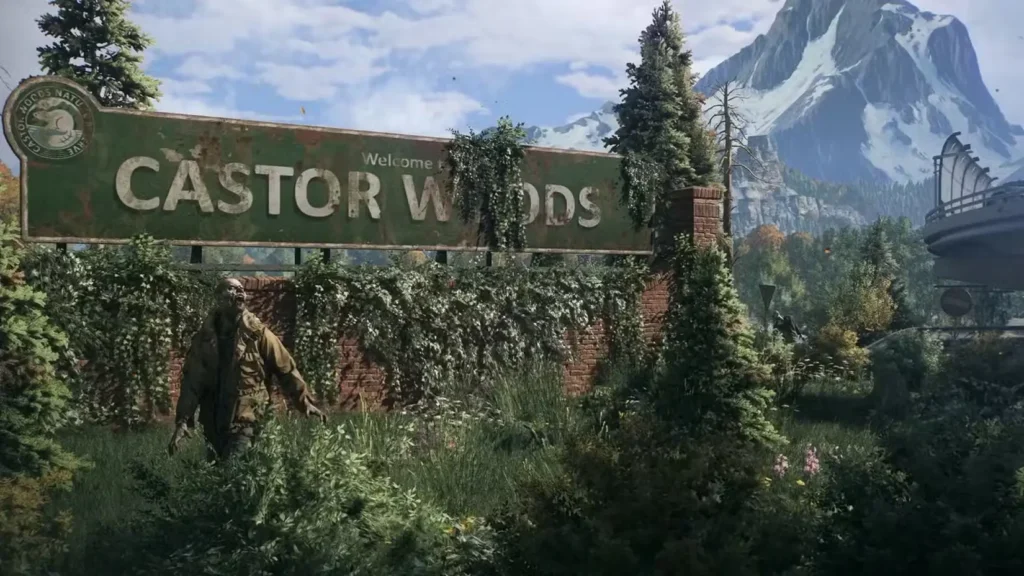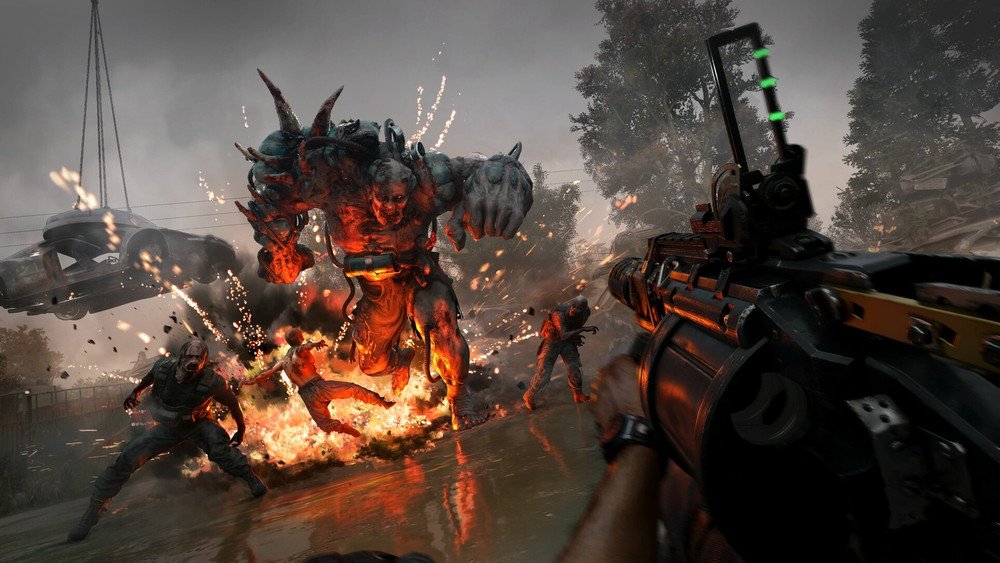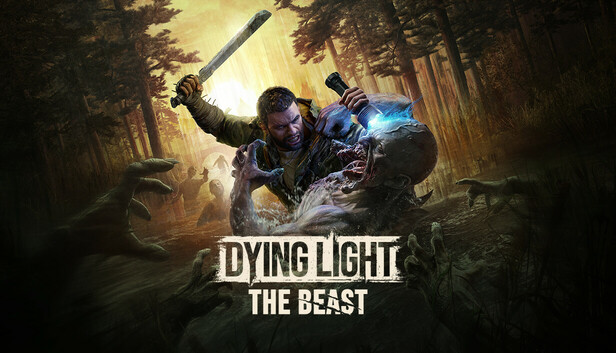How Long Is Dying Light: The Beast? Complete Playtime Breakdown
Discover exactly how long Dying Light: The Beast takes to beat. Complete breakdown of main story, 100% completion, and Castor Woods exploration times across all difficulty levels.
TL;DR
Dying Light: The Beast’s main story takes 20-45 hours depending on difficulty (20 hours normal, 30 hours survival, 45 hours brutal). Full completion requires 40-75 total hours. Castor Woods is slightly larger than the original Slums but features completely different open-world wilderness terrain.
Planning your next zombie survival marathon? Dying Light: The Beast brings Kyle Crane back for what might be his most ambitious adventure yet, but prospective survivors want to know exactly what they’re signing up for. Whether you’re squeezing gaming sessions between work commitments or planning an epic weekend binge, here’s everything you need to know about the time investment this wilderness nightmare demands.
Main Story Campaign Length Breakdown
Kyle Crane’s return isn’t just about familiar faces – it’s about experiencing a completely different kind of Dying Light adventure set in the sprawling wilderness of Castor Woods.
Standard Difficulty: 20 Hours
Perfect for players who want the full story experience without excessive challenge. This timeframe assumes moderate exploration, some side activity engagement, and standard crafting/looting habits. You’ll see most of what the game offers while maintaining steady story progression.
Survival Difficulty: 30 Hours
The sweet spot for franchise veterans who want meaningful challenge without punishment. Expect longer combat encounters, more strategic resource management, and increased emphasis on stealth and planning. The extra 10 hours come from more cautious gameplay and additional preparation time.
Brutal Difficulty: 45 Hours
For masochists and hardcore fans only. Every encounter becomes a life-or-death puzzle, resources are scarce, and mistakes are severely punished. The near-doubling of playtime reflects the methodical approach required to survive this punishing experience.
TL;DR – Main Story: Choose your difficulty based on available time – 20 hours for casual story enjoyment, 30 for balanced challenge, 45 for ultimate hardcore experience.

The Completionist’s Journey: 100% Exploration
True completion in Dying Light: The Beast extends far beyond the final story credits. Castor Woods hides numerous secrets that dedicated explorers will spend dozens of additional hours uncovering.
Collectible Categories and Time Investment:
Murals (8-12 Hours) These artistic remnants tell environmental stories about Castor Woods’ past. Unlike simple collectibles, each mural requires careful exploration of hard-to-reach areas and often involves solving environmental puzzles.
Castor Statues (6-10 Hours) Scattered throughout the wilderness, these statues challenge your navigation skills and reward thorough exploration. Some require specific story progression or special abilities to reach.
Sigils (5-8 Hours) The most cryptic collectibles, often hidden in Dark Zones or requiring specific conditions to access. Finding all Sigils demonstrates true mastery of the game’s systems.
Side Quest Completion (10-15 Hours) Multiple branching storylines with different outcomes based on player choices. The replay value here is substantial – different decisions lead to entirely different quest resolutions and rewards.
Total 100% Completion Time: 40-75 Hours The range depends heavily on your chosen difficulty and exploration efficiency. Methodical players on Brutal difficulty could easily exceed 75 hours, while focused speedrunners might achieve completion closer to 40 hours.
TL;DR – 100% Completion: Expect 20-30 additional hours beyond the main story for full completion, with significant variation based on difficulty and exploration style.
Castor Woods: A Completely Different Beast
Forget everything you know about Dying Light environments. Castor Woods represents a radical departure from the urban decay of Harran, offering an experience that’s simultaneously more beautiful and more terrifying.
Size Comparison and Design Philosophy The map is approximately 15% larger than the original Slums, but the comparison is almost meaningless due to the completely different design approach. Where Harran was vertical and claustrophobic, Castor Woods is horizontal and exposed.
Environmental Characteristics:
- Open fields that offer nowhere to hide when danger approaches
- Dense forests that provide cover but limit visibility
- Rivers and creeks that affect movement and create natural boundaries
- Mountains and ridges that offer strategic vantage points
- Hidden valleys containing secret areas and valuable resources
The Exploration Psychology Shift Urban Dying Light rewarded vertical thinking – climb higher, find better routes, use rooftops for safety. Castor Woods demands horizontal awareness. Danger can approach from any direction across open terrain, making environmental awareness and escape route planning crucial survival skills.
TL;DR – Castor Woods: Larger than original Slums with completely different open-world wilderness design emphasizing horizontal exploration and environmental danger awareness.

Nighttime: Where the Real Challenge Lives
The day/night cycle in Dying Light: The Beast isn’t just atmospheric – it fundamentally changes how you approach every aspect of gameplay, especially in the exposed wilderness environment.
Enhanced Volatile Capabilities These aren’t your father’s Volatiles. Castor Woods’ apex predators have received significant upgrades:
- Extended detection range for both sound and visual stimuli
- Improved flashlight sensitivity making stealth lighting management crucial
- Enhanced tracking abilities across open terrain
- Faster movement speed in natural environments
Survival Strategy Evolution Traditional hiding techniques lose effectiveness in open wilderness:
- Bush hiding provides limited concealment against improved senses
- Crouching helps but isn’t the guaranteed safety it once was
- Flashlight management becomes a constant strategic consideration
- Safe Spot locations scattered throughout the map become lifeline checkpoints
The Chase Dynamic Getting spotted in open fields creates genuinely terrifying chase sequences. Without buildings to climb or alleys to duck into, survival depends on knowing safe spot locations, environmental shortcuts, and emergency hiding techniques.
TL;DR – Nighttime: Significantly more challenging than previous games due to enhanced Volatile abilities and open terrain that eliminates traditional hiding strategies.
Replay Value and Choice Consequences
Dying Light: The Beast doesn’t just offer multiple difficulty levels – it provides genuinely different experiences based on player choices throughout the campaign.
Branching Quest Outcomes Side quests feature meaningful decision points that affect:
- Reward types and quality from quest completion
- Character relationships and future interaction options
- Map accessibility to certain areas or resources
- Story context for main campaign events
Difficulty-Specific Content Higher difficulties don’t just increase challenge – they sometimes unlock exclusive content:
- Brutal difficulty features unique encounters not present in easier modes
- Resource distribution changes dramatically between difficulty levels
- Enemy behavior patterns vary significantly across difficulties
The Multiple Playthrough Appeal Many players report that second playthroughs feel genuinely different due to:
- Knowledge of optimal resource locations allowing different strategic approaches
- Understanding of choice consequences enabling exploration of alternative storylines
- Mastery of game systems permitting higher difficulty attempts
- Co-op possibilities with friends who want to experience different approaches
TL;DR – Replay Value: Multiple meaningful choice outcomes and difficulty-specific content provide substantial replay value for dedicated players.

Time Management Strategies for Different Player Types
The Weekend Warrior (Limited Time) Focus on main story completion at standard difficulty. Prioritize essential upgrades and ignore optional collectibles during first playthrough. Plan for 20-25 hours total investment across several gaming sessions.
The Balanced Explorer (Moderate Time) Survival difficulty with selective side quest completion. Mix story progression with some collectible hunting and resource gathering. Expect 35-45 hours for satisfying experience without completionist pressure.
The Completionist (Unlimited Time) Brutal difficulty with full exploration and multiple choice experimentation. Plan for 70+ hours including replay attempts for different outcomes. Consider this a long-term gaming project rather than quick completion.
TL;DR – Time Management: Match your approach to available time – story focus for limited schedules, balanced exploration for moderate time, full completion for dedicated long-term commitment.
Resource Management Impact on Playtime
Your approach to gathering essential materials significantly affects overall completion time. Smart resource management can dramatically reduce total hours needed while poor planning extends playtime through repetitive farming.
Understanding where to find Scraps and Blades early in your playthrough prevents late-game resource shortages that force time-consuming farming sessions. Players who master efficient resource gathering typically complete the game 15-20% faster than those who ignore crafting material management.
TL;DR – Resource Management: Efficient material gathering reduces total playtime by preventing late-game farming sessions and equipment maintenance delays.
Co-op Considerations and Time Adjustments
Playing with friends fundamentally changes the time equation. Cooperative play typically extends total hours due to coordination requirements, shared exploration, and the natural tendency to experiment more when you have backup.
However, team coordination in multiplayer can also accelerate certain aspects like Dark Zone clearing and resource gathering through division of labor.
Solo vs Co-op Time Differences:
- Solo play: More focused, faster story progression, personal pacing control
- Co-op play: Extended exploration, shared discovery, coordinated strategy development
- Mixed approach: Alternating between solo story progression and co-op exploration
TL;DR – Co-op Impact: Multiplayer typically extends total playtime but enhances enjoyment through shared experiences and coordinated exploration.
Final Verdict: Is the Time Investment Worth It?
Dying Light: The Beast offers exceptional value for time invested, regardless of your chosen approach. The 20-hour minimum story experience provides satisfying narrative conclusion to Kyle Crane’s arc, while the 70+ hour completionist journey offers some of the most engaging open-world exploration in recent memory.
The wilderness setting creates a genuinely fresh take on the Dying Light formula, and the enhanced nighttime challenge ensures that even franchise veterans will find new thrills in familiar mechanics.
Bottom Line: Whether you’re investing 20 hours or 75, Dying Light: The Beast delivers consistent quality and memorable experiences that justify the time commitment.
Ready to start your Castor Woods survival adventure? Grab the game on Steam, PlayStation, or Xbox and prepare for an unforgettable journey through the most dangerous wilderness the zombie apocalypse has ever seen.
Don’t forget to maximize your adventure with free exclusive gear – check out our complete docket codes collection before diving into Castor Woods!



